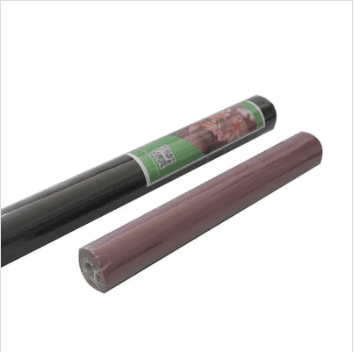Introduce
It is generally believed that textile Nonwoven Fabric are common classifications, such as woven, knitted, knitted or tufted structures. They usually give up nonwovens from textile groups. In traditional Nonwoven Fabric, fibers are first made into yarns; On the other hand, nonwovens are sheets or fiber webs made of oriented or randomly oriented fibers, which form Nonwoven Fabric by resistance, firmness or adhesion.
The demand for Nonwoven Fabric has increased dramatically. Traditional textiles cannot meet the production costs, higher upgrading costs and consumer demand in new consumption areas. With the better customization of fabric characteristics and the applicability to specific end uses becoming an advantage, nonwovens quickly become the fabric of the future.
Nonwoven Nonwoven Fabric have many advantages over traditional Nonwoven Fabric, and the most obvious advantage is cost saving. In recent years, the nonwoven industry has risen rapidly, providing a large number of products for many diversified fields. On the contrary, nonwovens have some natural characteristics, which cause them to be considered unusable in some applications. At present, people have done a lot of research and development on the characteristics of reinforced nonwovens. Nonwovens have also entered some surprising fields, leaving a mark in fashion clothing.
At present, three fibers lead the global market:
Polypropylene (synthetic – 63%)
Polyester (synthetic fiber – 23%)
Cellulose staple fiber (natural base 8%)
Manufacturing process
To make nonwovens, first make a net, and then bind it together (glue it together) to increase the strength. Generally, nonwovens are made in two processes, one or two.
One step method: In this process, the formation and bonding of the fiber mesh are continuous. Spunbonded and melt blown processes are completed in one step.
Spunbonded process: thermoplastic fiber is extruded through the spinneret, and then spread on the conveyor belt to form a fiber mesh. After this process, the paper web is bonded by two calendar rolls.
Melt blowing process: thermoplastic fiber is driven to the collection screen to form a mesh. The combination of fiber fixation and snare will produce adhesion.

